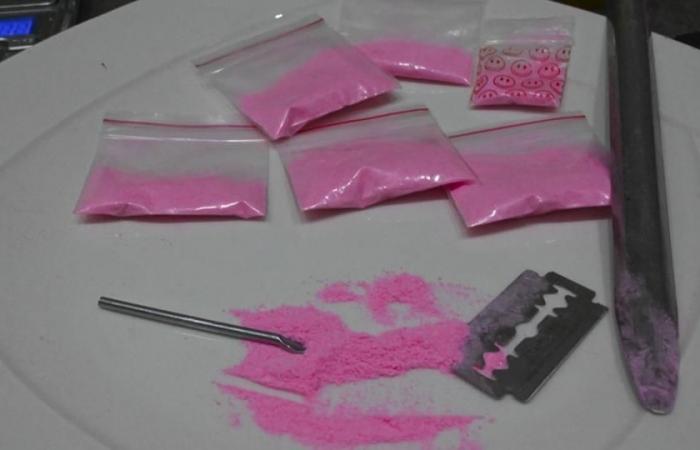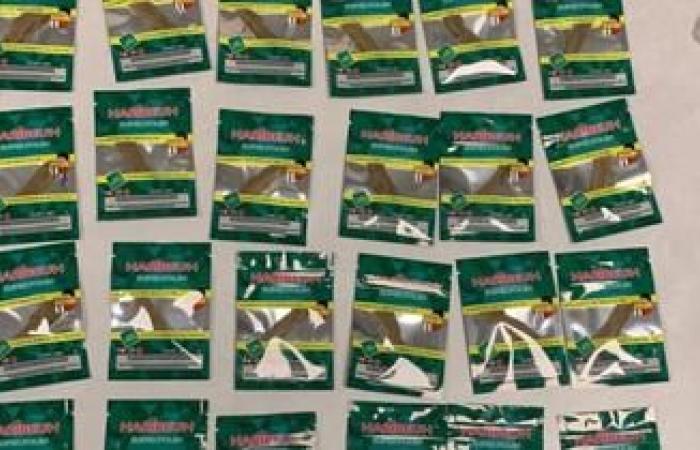Pink cocaine, which originated in Colombia, is gradually starting to gain ground in Europe but also in France. Sold on social networks, this new drug is a fervent cocktail of many others.
“Pink Panther”, “Pink powder”, “Tusibi”, many names have been chosen to soften consumers. Flavored and fuschia pink in color, “pink cocaine” is becoming more and more common in the evenings. However, this drug does not contain cocaine in any way.
“Pink cocaine” is actually a mixture of several psychoactive substances, including ketamine, caffeine and MDMA (ecstasy). These components, combined with various flavors such as tagada strawberry, banana or passion fruit, make it a particularly attractive product for consumers, particularly on social networks.
A meteoric expansion in Europe
Originally from Latin America, particularly Colombia, “tusibi” quickly spread to Europe. Large quantities of the drug have been seized in several countries, such as in Spain, where 300 kg of ecstasy, 212 kg of ketamine and 21 kg of “pink cocaine” were intercepted last September. In France, the French Observatory on Drugs and Addictive Tendencies has reported the appearance of this substance from 2021.
In recent weeks, this drug has been appearing more and more, particularly in Spain. However, this substance remains relatively difficult to access, sold between €60 and €100 per gram.
The effects of a drug
“Pink cocaine” produces hallucinogenic and stimulant effects, but it also carries significant health risks. Users may experience anxiety, suicidal thoughts, blackouts and, in more severe cases, overdose. The variable composition of this drug, which depends on the manufacturer, makes it difficult to predict the exact effects and increases the risks.
It is important to remember that “pink cocaine” is an illegal and dangerous drug. Its consumption can lead to serious consequences for physical and mental health.







